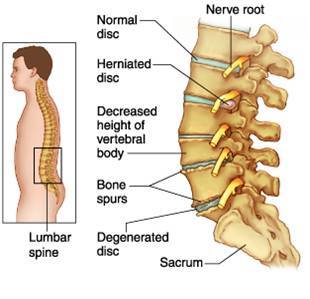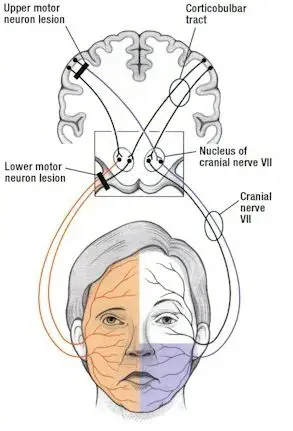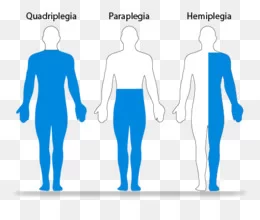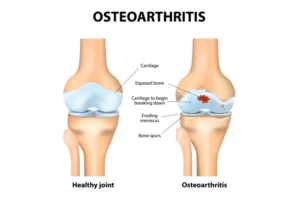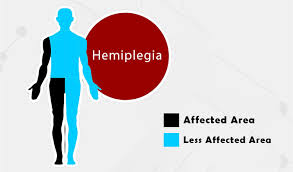Oral Submucous Fibrosis (OSMF)
What is an Oral Submucous Fibrosis? Causes and Patho-Physiology Stages Oral Submucous Fibrosis (OSF): Which SYMPTOMS Seen in Oral Submucuous Fibrosis? Which are the CAUSES of Oral Submucuous Fibrosis? DIFFERENTIAL DIAGNOSIS: INVESTIGATION: Treatment and Prevention SURGICAL MANAGEMENT: Physiotherapy Treatment in Oral Submucuous Fibrosis Latest Research Researchers have demonstrated that injecting autologous bone marrow stem cells…



